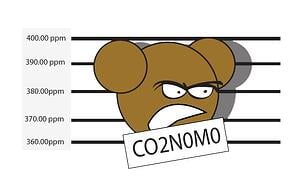Allowing forest to decay results in more carbon dioxide in the atmosphere because trees absorb carbon better when they’re healthy and young. Proper forest management for wood products and energy production actually enhances trees ability to sequester carbon by enabling the remaining trees to grow more vigorously. Strong healthy trees are more resistant to pests and diseases, and may also be better able to adapt to the stresses of a changing climate.

At certain point, usually between 50 and 300 years depending on the species and growing conditions, carbon absorption tapers off. If the forest is allowed to decay, the stored CO2 is released back into the atmosphere. If it’s harvested sustainably and manufactured into building products, the CO2 is stored in the products while the forest regenerates with young trees that absorb even more CO2-thus achieving a net reduction in global emissions. Although it may seem counterintuitive to manage a forest for both carbon sequestration and wood products, it can be done.
Valley Box's wood vendors all adhere to SFI & FSC certifications. Visit our “Green Business” page to learn more!



